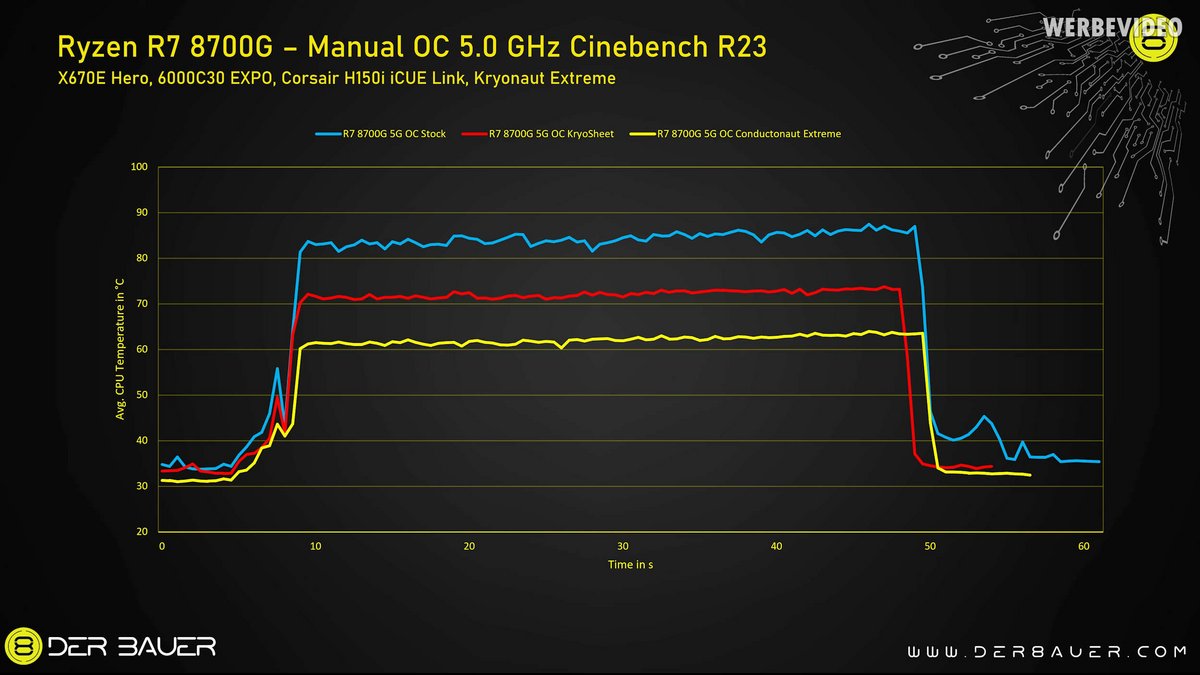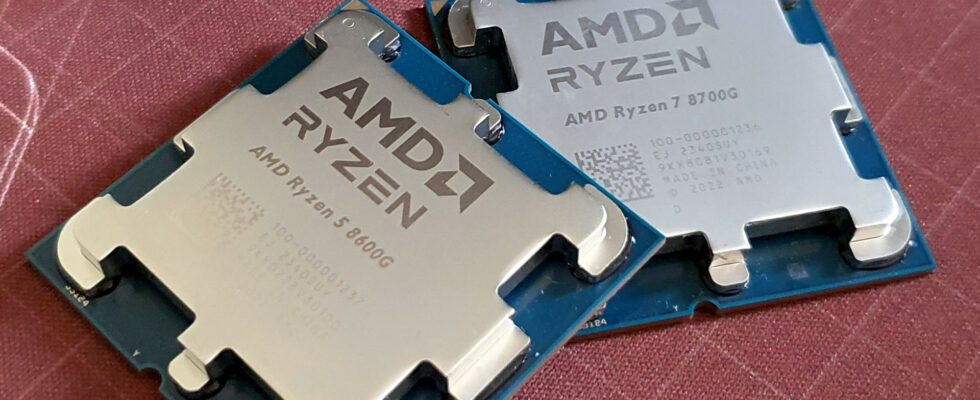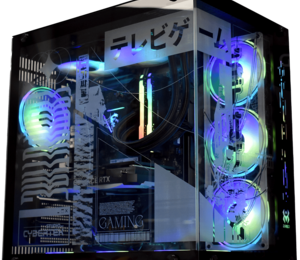Remove the metal capsule from the processors AMD’s Ryzen 8000G allows a nice increase in power.
The Ryzen 8600G and 8700G are not the most powerful AMD processors on the market. On the other hand, thanks to their onboard graphics solution, they are undoubtedly the most versatile.
Their case is all the more interesting because, without resorting to completely crazy cooling techniques, it is possible to push them much further than AMD recommends.
Uncapping and liquid metal solution
Tested in our columns around ten days ago and immediately marketed by AMD, the Ryzen 8600G and 8700G constitute a range in their own right in the manufacturer’s catalog.
This is, in a way, a port to the AM5 platform for desktop PCs of the Ryzen Phoenix processors – the 7040 series – which we have been able to discover in numerous portable consoles and mini-PCs. The Ryzen 8700G is of course the beefier of the two, it combines 8 Zen 4 cores for its CPU part with 12 RDNA 3 calculation units for its GPU part.
Small downside, however, compared to the other Ryzen desktops launched by AMD last year – the Ryzen 7000 – the 8700G must do with lowered operating frequencies.

5 GHz on all cores
In quick succession, two PC hardware and overclocking specialists set out to see if there was a way to improve the thing, based on the principle that CPU cooling could be improved.
Thus, Der8auer wanted to uncap his Ryzen 8700G, that is to say remove the metal plate (IHS, integrated heat spreader) which ensures contact between the processor core and the cooling system. He then applied a liquid metal solution to ensure better heat conduction… and was able to lower the temperature of the chip by 20°C which allowed overclocking on all Zen 4 cores to 5 GHz
SkatterBencher is not left out, even if it was mainly interested in the integrated graphics solution which it was able to run at 3.3 GHz by increasing the applied voltage to 1.25 V. SkatterBencher did not present results only at a frequency of 3.15 GHz but, already, the performance of the 8700G improved significantly to reach 22.31% better on an average of 14 tests.
Basic performance, the Ryzen 8700G therefore still has some under its belt and even without talking about liquid metal, it would be really good if AMD – but also Intel – managed to make the IHS more efficient.
Source : VideoCardz


4